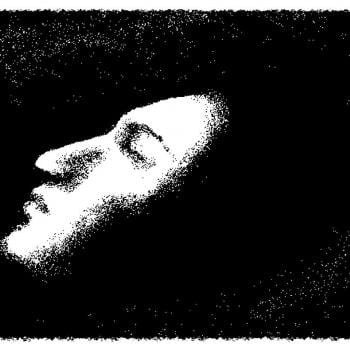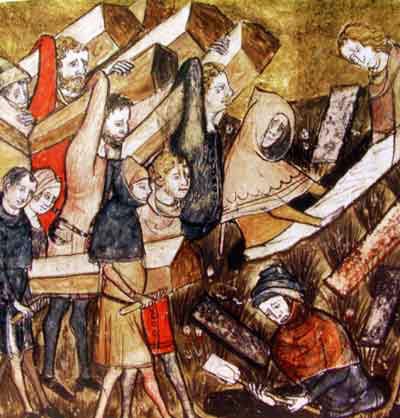- Trending:
- Pope Leo Xiv
- |
- Israel
- |
- Trump
- |
- Social Justice
- |
- Peace
- |
- Love
Kashrut
Kashrut (also kashruth or kashrus, כַּשְׁרוּת) is the set of Jewish dietary laws.
Food that follows the halacha or Jewish Law in terms of type and preparation is termed kosher. The word kosher translates to “fit,” meaning fit for consumption. In addition to referring to food, the word kosher is also applied to products, methods, and other non-food related processes.
Kosher food:
Only meat from particular species is permissible:
- Mammals that both chew their cud (ruminate) and have cloven hooves can be kosher. Animals with one characteristic but not the other (the camel, the hyrax and the hare because they have no cloven hooves, and the pig because it does not ruminate) are specifically excluded (Leviticus 11:3-8).
- Birds must fit certain criteria; birds of prey are not kosher. There must be an established tradition that a bird is kosher or similar to one that is before it can be consumed. The turkey, for example, is native to the New World and would therefore not be found under tradition. However, it is similar to a known bird, the "fowl of India" and is therefore acceptable. In general, birds which are hatched with feathers and are able to walk soon after are kosher.
- Fish must have fins and scales to be kosher (Leviticus 11:9-12). Shellfish and non-fish water fauna are not kosher.
- Insects are not kosher, except for certain species of kosher locust (unrecognized in almost all communities).
- That an animal is untamed does not preclude it from being kashrut, but a wild animal must be trapped and ritually slaughtered (shechted) rather than killed some other way to be kosher.
- Meat and milk (or derivatives) cannot be mixed in the sense that meat and dairy products are not served at the same meal, served or cooked in the same utensils, or stored together. Observant Jews have separate sets of dishes, and sometimes different kitchens, for meat and milk, and wait anywhere between one and six hours after eating meat before consuming milk products.
- Methods of slaughter - Mammals and fowl must be slaughtered in a specific fashion: slaughter is done by a trained individual (a shochet) using a special method of slaughter, shechita (Deuteronomy 12:21). Among other features, shechita slaughter severs the jugular vein, carotid artery, esophagus and trachea in a single continuous cutting movement with an unserrated, sharp knife, avoiding unnecessary pain to the animal. Failure of any of these criteria renders the meat of the animal unsuitable. The body must be checked after slaughter to confirm that the animal had no medical condition or defect that would have caused it to die of its own accord within a year, which would make the meat unsuitable.
- As much blood as possible must be removed (Leviticus 17:10) through the kashering process; this is usually done through soaking and salting the meat, but organs rich in blood (the liver) are grilled over an open flame.
- Utensils used for non-kosher foods become non-kosher, and make even otherwise kosher food prepared with them non-kosher. Some such utensils, depending on the material they are made from, can be made suitable for preparing kosher food again by immersion in boiling water or by the application of a blowtorch.
- Food prepared by Jews in a manner that violates the Shabbat (Sabbath) may not be eaten until the Shabbat is over.
Different people follow different levels kashrut. For some Jews, certain foods must have been prepared in whole or in part by Jews, including:
* Wine
* Certain cooked foods (bishul akum)
* Cheese (gvinat akum) and according to some also butter (chem'at akum)
* According to many: certain dairy products (Hebrew: חלב ישראל chalav Yisrael "milk of Israel")
* According to some: bread (under certain circumstances) (Pas Yisrael)
Additionally, food such as seeds, nuts and vegetables need to be checked so as to avoid eating insects.
In medical terms, following the laws of kashrut can keep a Jewish patient from receiving a porcine heart valve replacement or from using insulin of porcine origin.
For more information about the different symbols and designations used on kosher products, please see Hecksher.










